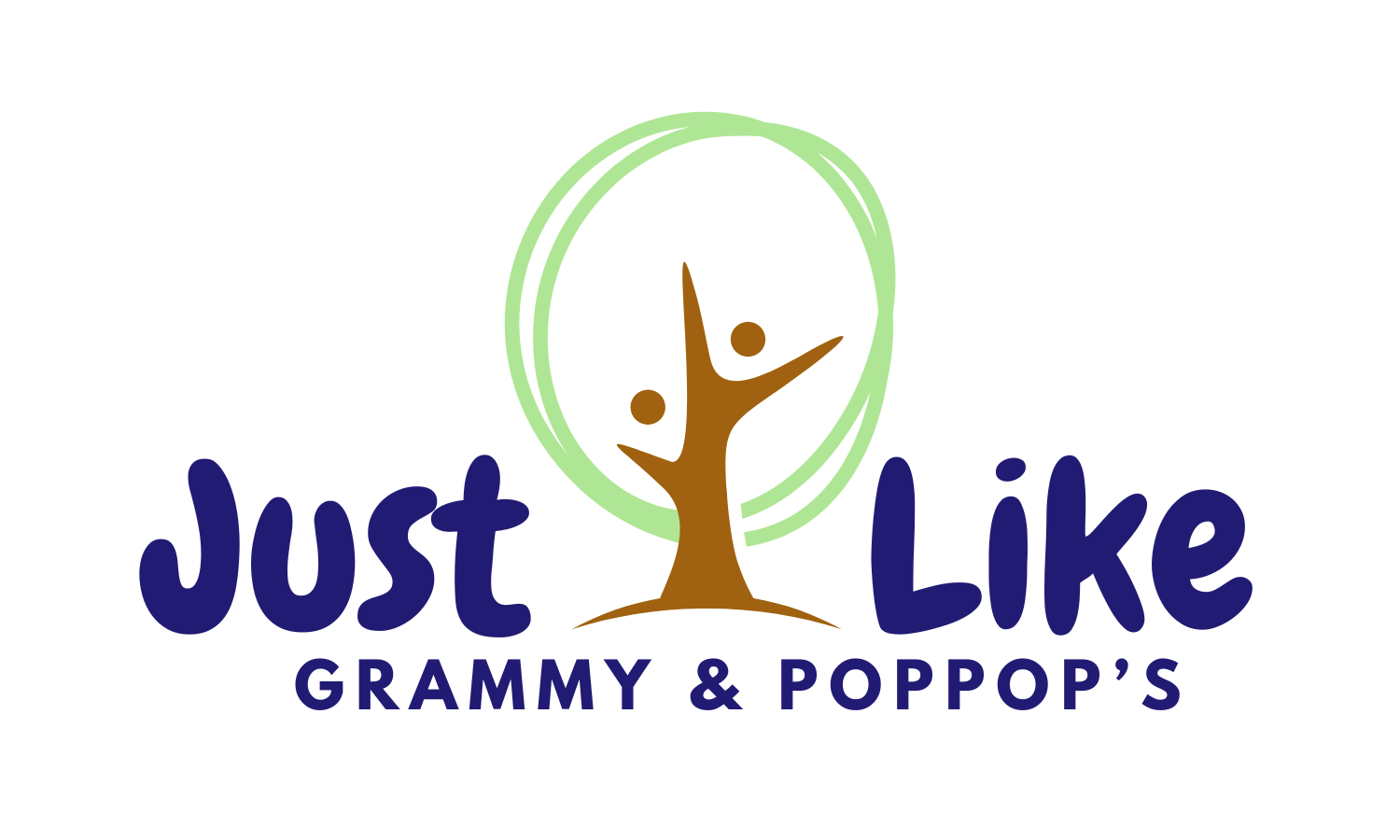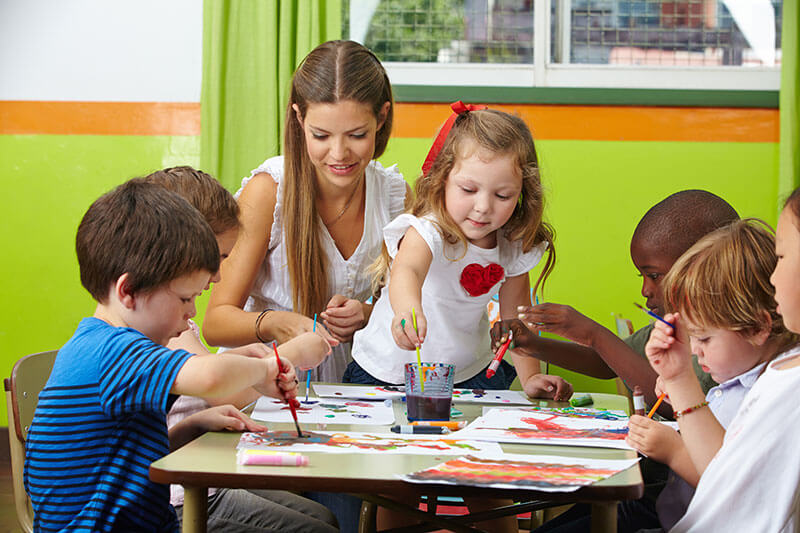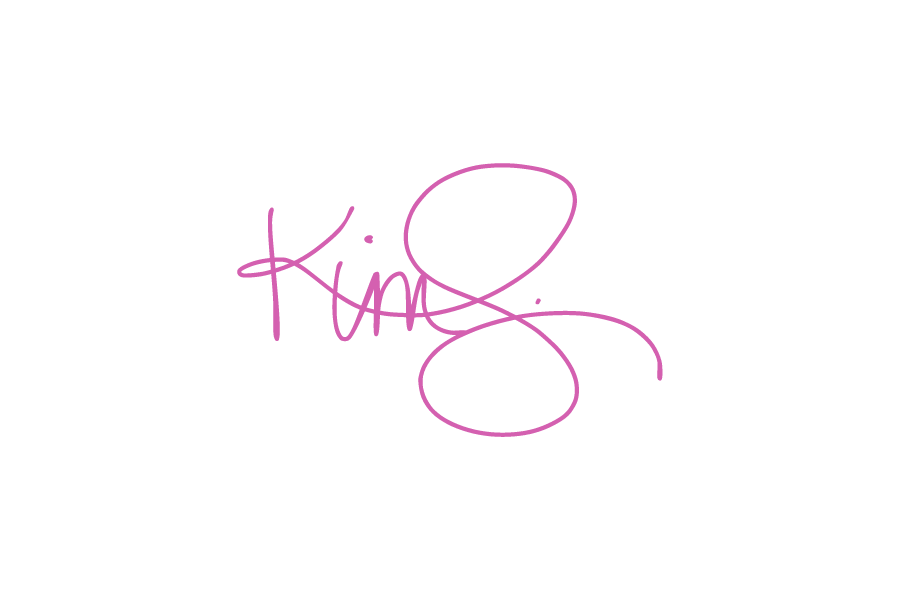Play to Learn
Yes, play is actually work for children and how they learn! Bonus is that it is usually also fun for them.
(At another time, we can talk about how I hope people can find the same fun in the work they do as adults. #Don’tBeJealous)
Worksheets not Required
You’ll see we do have worksheets but not what you may remember doing as a child if you’re my age. It was almost like teachers didn’t feel they were doing the right work if they weren’t sending home completed worksheets with the red pen markings showing the expected measure against result.
Ensuring Challenge and Progress
We include some challenges or steps of learning to keep appropriate developmental age activities and although we do not have assessments as a judge or formal grading, we do some measuring of skills to keep parents informed and to keep our activities focused around any gaps that we see need to be reinforced. So when you visit or see pictures of the invitation for children to cut up spaghetti or tear paper… it might look like just play… but it is so much more.
3 Examples:
When children play with:
- puzzles they are learning their colors & shapes; sorting; patterns; counting; taking turns.
- playdoh they are learning how to manipulate; feelings; planning and execution; squeezing and fine motor skills.
- rattles, cars, blocks they are learning cause and effect; tracking images and focusing; imagination and pretend play.


